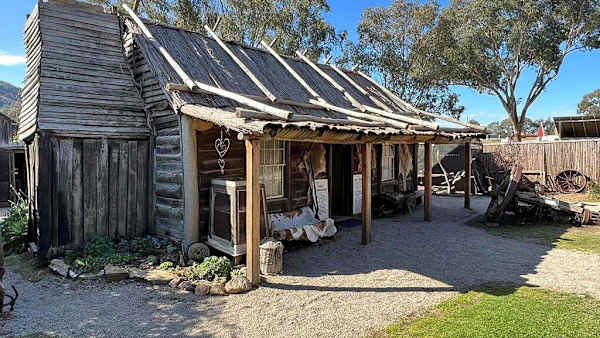NEARLY 30 years since the Strathbogie Aerial Navaid was first featured in the Euroa Gazette, the navigational aid sign has been restored and re–painted.
Visual aids were an important part of early aviation history, with most airplanes not being equipped with radios and navigational equipment.
The sign, listed on Victoria's Heritage Register, featured in a January 26, 1993 story about it being rediscovered after decades of anonymity being hidden on Polly McQuinns road.
"In 1936 the air safety committee of the National Safety Council approached school committees in some country areas with the suggestion that they co–operate in marking out – in huge letters – the name of their respective towns," the story begun.
"These were in effect a precursor to the roof–top names in which proliferated in the pre–electronic era, and which are still very much in evidence today.
"Strathbogie was selected to be included in the network because of the distance from the main Melbourne–Sydney air route, and also because of its mountainous location.
"Students were employed under the guidance of the local schoolmaster Mr A.B Crosbie to mark out the name STRATHBOGIE in giant 9' by 4½' letters.
"Each letter was marked out with square shaped stones embedded in the ground– all joints being set in concrete.
"The site chosen for the name was first ploughed and the top soil scooped off to a depth of six inches, leaving a red clay surface.
"The lettering was then painted pure white to enhance its contrast.
"The site selected for this primitive navaid was a rising knoll about half a mile due south of the township.
"The only directional wireless aids in Australia at that time were installed on the Tasman Sea and Bass Strait routes.
"Ironically, it is the town's relative isolation which has also assisted the survival of this unique relic of Australian aviation.
"A council road has begun to encroach on the marker, and the school which built it has long since disappeared.
"Incredibly though, the ground marker has survived for 56 years, complete in every detail."
In its current form, the navaid is still clearly visible and a notable feature of the Strathbogie region, 87 years since its creation.







